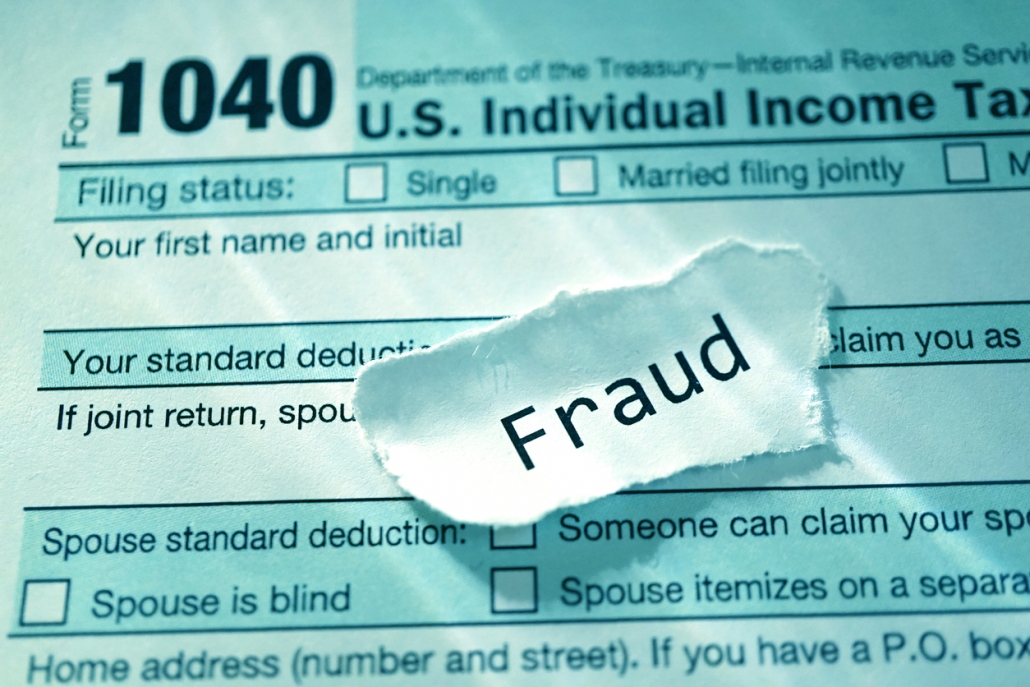Archive for January 2021
Beware the “Dirty Dozen:” Common Tax Scams to Avoid
In 2020, the IRS released a “Dirty Dozen” of prevalent tax scams. Here’s what to watch out for! The IRS regularly compiles a list of the “Dirty Dozen,” or the 12 most common scams that target taxpayers. This list is always changing and evolving, and some risks have been heightened because of the COVID-19 pandemic.…
Read MoreIs There a “Right” Tax-Advantaged Retirement Plan?
There’s no one perfect way to approach retirement that is the best for everyone. Choosing the right plan for you starts with understanding your options and the tax implications of each one. There are several different approaches you can take to your retirement savings strategy. Each avenue has its own set of tax implications and…
Read More

